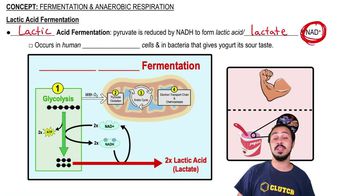DRAW IT An enzyme and substrate are combined. The rate of reaction begins as shown in the following graph. To complete the graph, show the effect of increasing substrate concentration on a constant enzyme concentration. Show the effect of increasing temperature.
<IMAGE>




